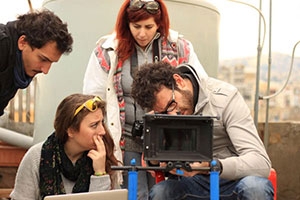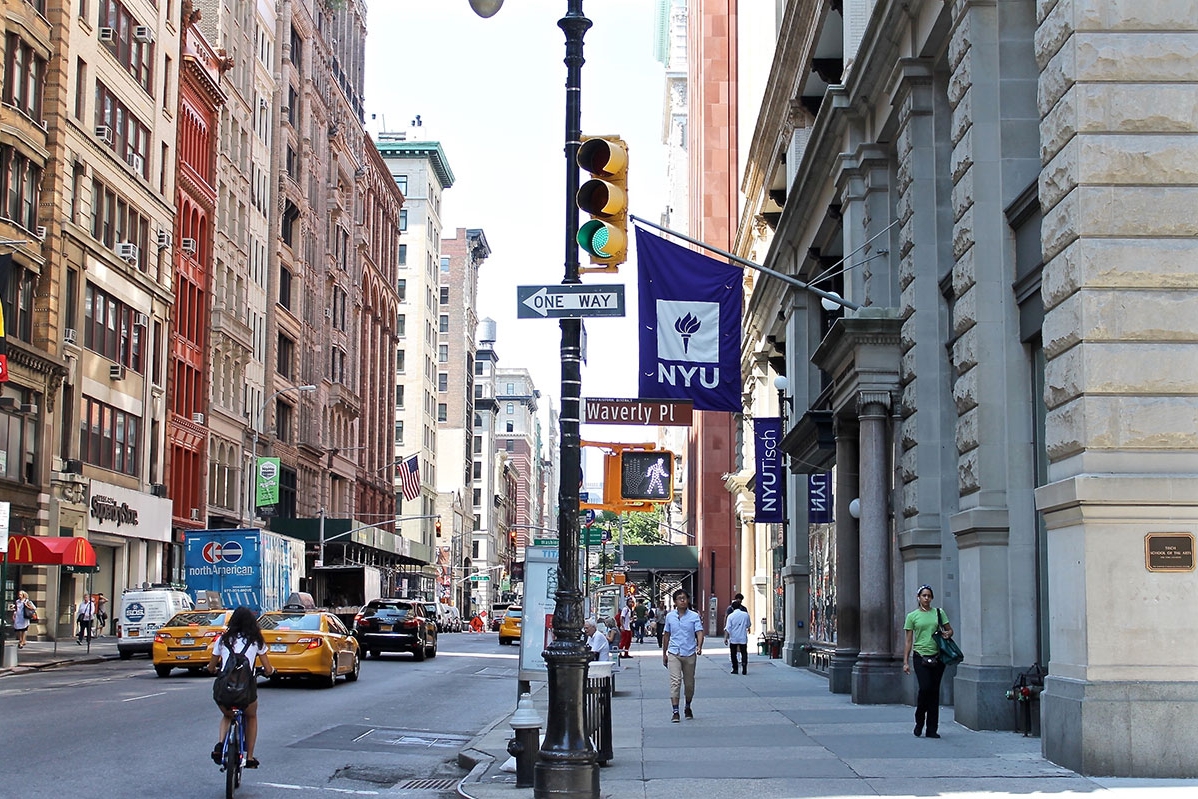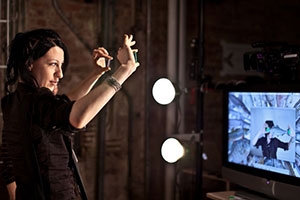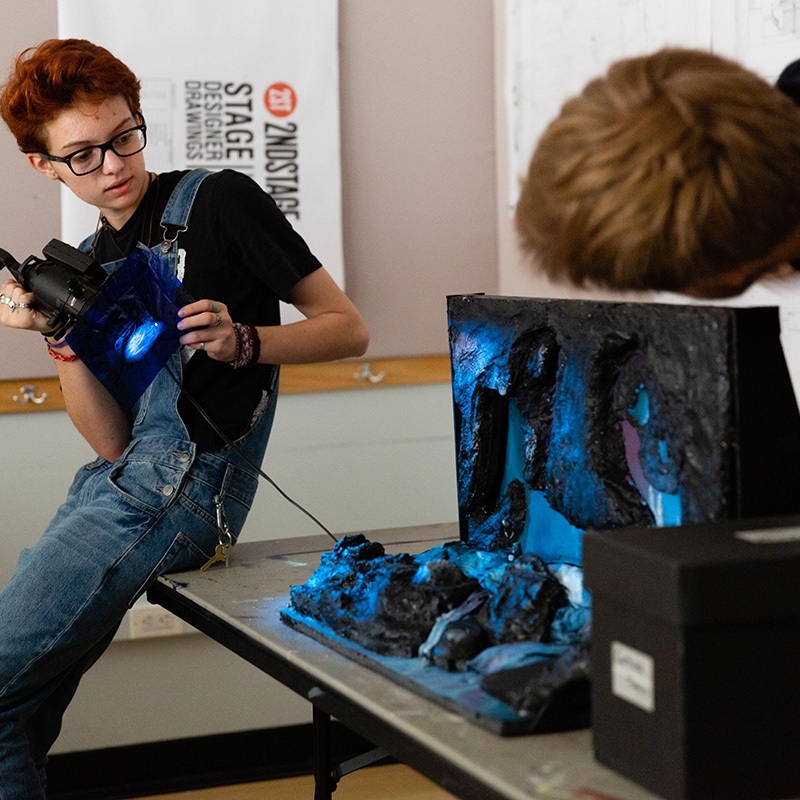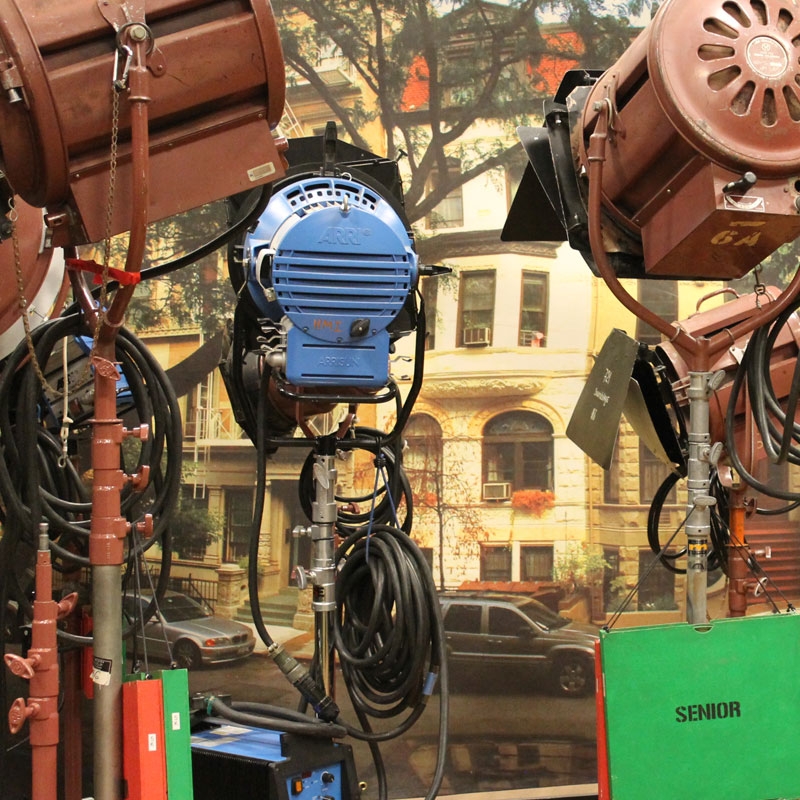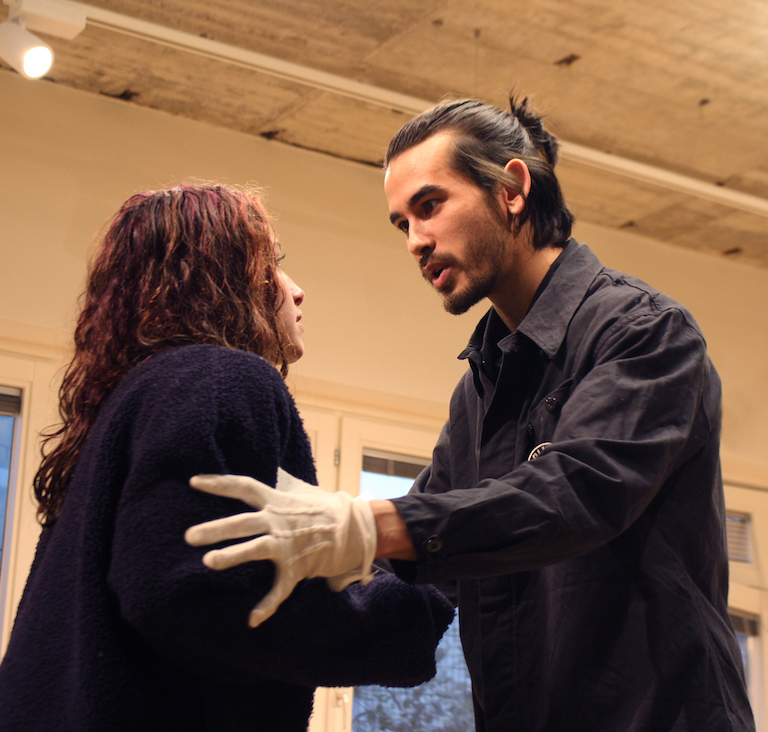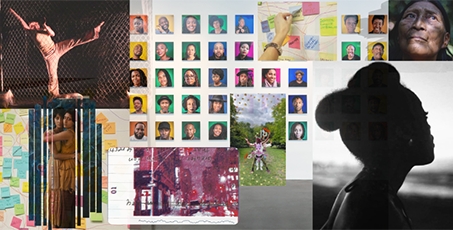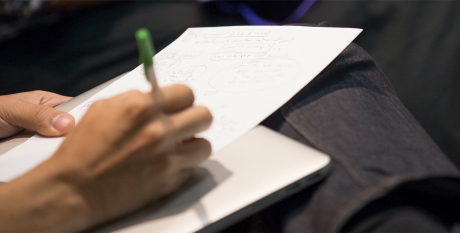DESG-GT 1214 Lecture 3 - 6 Credits
Instructor(s): Luigs and others
Open only to students in the Department of Design for Stage and Film.
The goal of this class in the first semester is to gain an understanding of what the elements of filmmaking are. A single, semester-long project allows students to explore all aspects of developing a three-dimensional production design for a film.
● You will learn to create the spatial, textural, and color components of a film design, while paying close attention to camera movement, lighting, and directorial intent.
● You will wrestle with Story so that you can continue to build a life-long, personal process for creating text-based designs.
● Your work will entail a weekly focus on Story Structure and key Character Transformations – so that you can create visual responses to these structural divisions and character changes.
The overarching goal is for each student to become adept at using a variety of tools for turning textual images and metaphors into visual images and metaphors – in order to tell a Story visually. You will be required to identify the Beginning, Middle, and End of the Story and to create a Story Sequence which helps to make the three-part structure of the Story explicit and visual.
